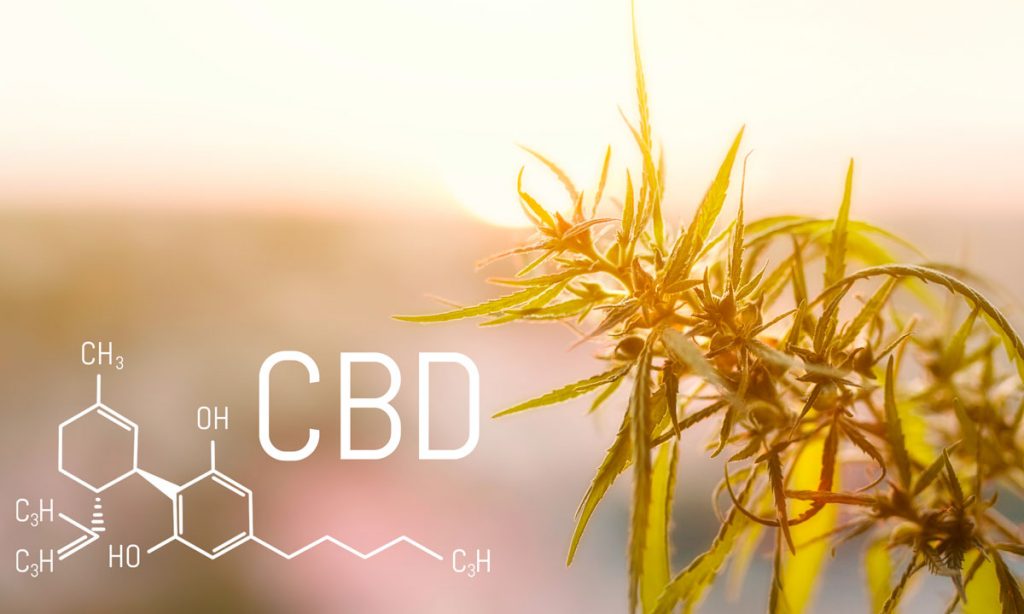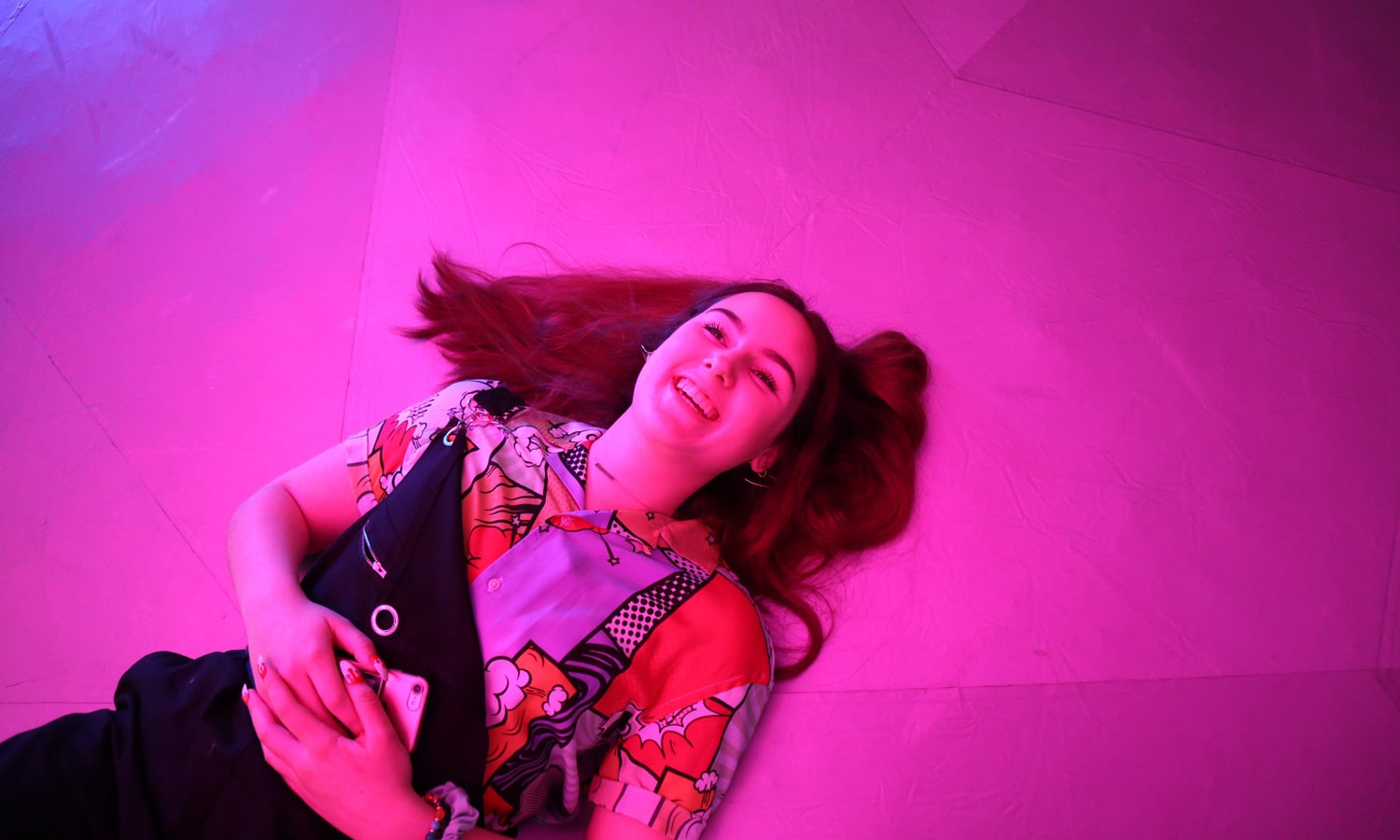While further research is needed into the effects of CBD on one’s body and mind, evidence so far indicates that it can alter the activity of naturally occurring cannabinoids.
In his article “Cannabidiol Claims and Misconceptions” (Trends in Pharmacological Sciences 38, 198-201; 2017), Dr. Ethan Russo debunks the misconception that CBD is non-psychoactive and non-psychotropic:
“CBD is frequently mischaracterized in lay, electronic, and scientific sources as ‘non-psychoactive’ or ‘non-psychotropic’ in comparison to tetrahydrocannabinol (THC), but these terms are inaccurate, given its prominent pharmacological benefits on anxiety, schizophrenia, addiction, and possibly even depression. More accurately, CBD should be preferably labeled as ‘non-intoxicating’, and lacking associated reinforcement, craving, compulsive use, etc., that would indicate a significant drug abuse liability.”
Katie Stem, CEO of Peak Extracts (OR), offers the broadest definition of psychoactive as “a substance that has an effect on the brain, although some reduce it down to something that has a discernible effect on mood, perception or behavior.” As she notes, many substances have an undeniable impact on brain chemistry, but little to no intoxicating effect. For example, caffeine, antidepressant medications, and nicotine are often described as having psychoactive properties.
“The word psychotropic can also be used in this context, as it describes a drug that has an effect on mental state,” she adds.
While all psychedelics are psychoactive, relatively few psychoactive substances are psychedelic.
“Psychedelic is usually described as discernible alterations in perception, which may include any of the five senses. Sensations could be altered or heightened, and the perception of time is often dilated,” Stem observes.
RELATED: Reefer Madness: Can Using Marijuana Lead To A Psychotic Break?
In addition, psychedelic most often refers to visual or auditory hallucinations that you know are not real (as opposed to psychosis). Some pharmacologists classify cannabis as being a hallucinogen as cannabis use can be associated with perceptual changes. It’s a category cannabis is often defaulted to, since it doesn’t neatly fit the category of depressant or stimulant.

While further research is needed into the effects of CBD on one’s body and mind, evidence so far indicates that CBD can alter the activity of naturally occurring (endogenous) cannabinoids rather than directly affecting cannabinoid receptors. Because cannabinoid receptors are located broadly throughout our bodies, many effects are possible such as mediation of pain, inflammation, sleep, and digestion.
RELATED: Sorry, But Your CBD Hemp Products Probably Contain Some THC
Applying CBD topically will produced localized effects on the region where the topical was administered. But one will not experience any psychoactive effects. Taking CBD internally will have broader effects, and is deemed psychoactive.
Like with any substance, there can be some side effects from taking CBD. Some people can experience drowsiness especially if this is the first time they’ve tried CBD. Also, since CBD is an anticonvulsant, it may have an effect on mood.
Any side effects will vary depending on one’s individual endcannabiniod system and how much CBD was consumed. When first trying CBD, start with 2 to 5mg, and then build up the amount slowly until one can assess the best dosage for one’s individual needs.


